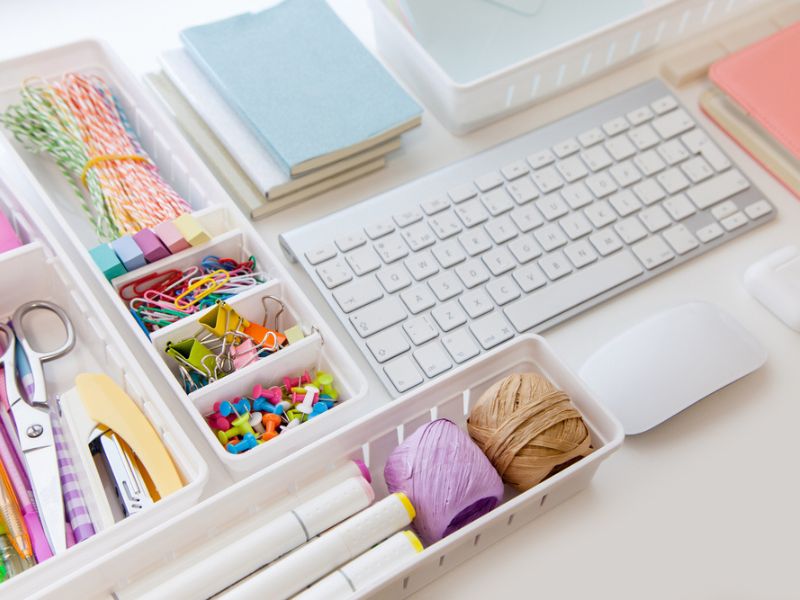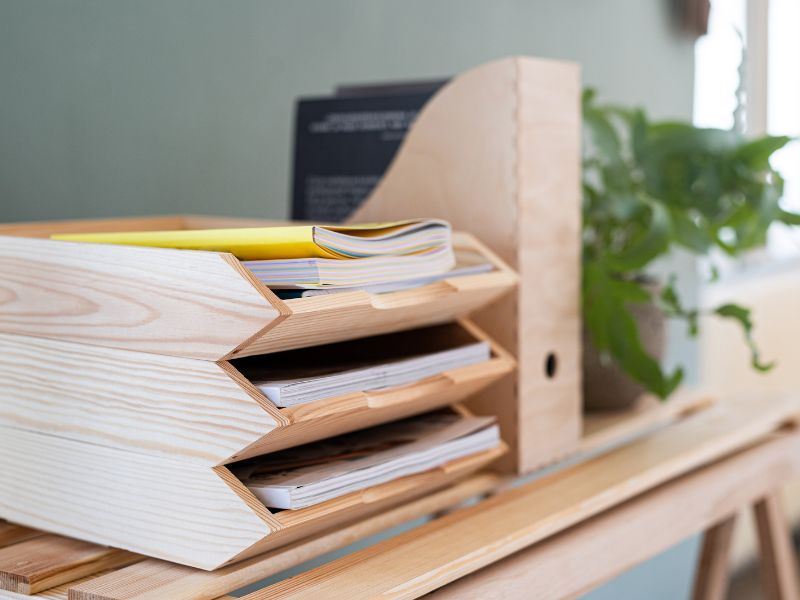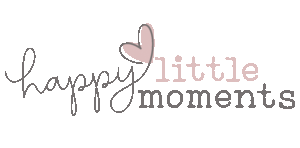For far too long, I neglected paper clutter organization in our household. My husband and I both own businesses, and lots of paper clutter comes with the territory. Unfortunately, piles and piles of paperwork didn’t get filed and tended to lie around in piles. Until I finally decided to tackle the problem.
Although I’m still working through paper clutter and finding systems that work for both of us, I’ve started taking charge of the problem. Here are the best tips for paper clutter organization I’ve found so far.
Paper Clutter Organization
1). In the beginning, establish an “office” space where you can have everything you need in one place. By having one place where all of the paper clutter goes, you will be able to remove and organize paper clutter more quickly.
This office space needs:
- A recycling bin/trash can
- A shredder
- A letter Opener
- A system for bill paying.
While it’s easy to set mail and paperwork on the counter, it’s best to deal with your paper clutter the moment it comes in the door. Don’t set it down to deal with later.

2). Once you receive your mail, open it right away and sort it into three categories: Keep, Recycle, and Shred. Recycle the junk mail and shred documents with personal information immediately. Hint: You’ll never “feel like it” so don’t wait until you have time.” This step only takes a few minutes so do it now.
Paper Files to Keep
3). Begin working on your “Keep” pile. Your keep pile may include things like utilities, medical bills/healthcare documents, mortgage or loan documents, or other permanent documents. To simplify this section, organize your “keep” pile into smaller categories, such as medical, receipts, taxes, utilities, etc. Then ask yourself, are these documents that need to be kept long-term or short-term? Are they documents that need to be addressed within the month?
4). For the documents that need to be dealt with soon, I really like the tickler system. I’ve found it’s an easy way to track bills throughout the month. To get started, get a small, portable filing box. Create 12 folders for each month, and then create 31 folders for each day of the month. Then place those 31 folders behind the current month you’re in. If it’s September, place all 31 folders in the month of September.
After that, place the bills in the folder according to when it needs to be paid. For example, if your electric bill is due on September 10th, place the electric bill in folder #10 if you plan to pay it online on the same day as the due date. If your electric bill needs to be mailed by check and it’s due on the 10th, be sure to place it in the #6 or #7 folder so you can be sure to mail it before the due date.
5). With documents you want to keep longer-term, I highly recommend digitizing what you can. However, keep in mind, there are certain documents that you’ll want to keep originals of in a real filing cabinet. But for many of our business files, it’s best to keep only digital files instead of maintaining all of the paper.
Hint: There are programs such as One Drive and Evernote that are great for keeping these digital files organized.

Maintaining Paper clutter organization
6). For best upkeep, deal with your mail, paperwork, and filing daily. This is really crucial to keeping everything in order and up to date. If you really can’t do it every day, at least make sure it’s on your calendar to keep up with it in regular intervals.
As you’re going through your files and you’re struggling with which documents to keep, ask yourself the following questions:
- Will this document be useful to me again? Be realistic.
- If I throw this document out, how difficult would it be to obtain it again?
- Is it worth my time to keep this document and have to deal with it again in the future?
These questions should help you to eliminate paperwork that you don’t need to keep. As always, if you’re unsure whether to keep a document for tax purposes, please be sure to ask a CPA.
I hope these tips assist you in reducing and managing your paper clutter. Remember, you’re not alone in navigating your decluttering journey!
